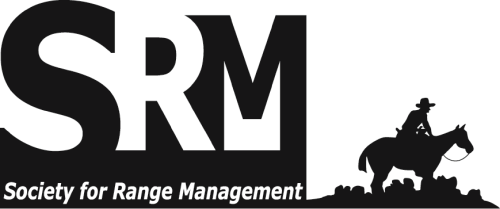On the Ground • Livestock numbers have been declining since the early 1930s but many of the same resource concerns are still present today. • We must change the way we think about and manage livestock on our own in order to restore and maintain sustainable range resources. • The Utah Department of Agriculture and Foods Grazing Improvement Program reaches across land ownership and jurisdictional boundaries to foster collaboration among private, federal, and state interests to implement sound grazing management practices that improve rangeland and watershed health. • The Grazing Improvement Program focuses on three main principles: • Time (the duration of grazing), timing (the season of use), frequency (how often the same plant is grazed), and intensity (amount of forage removed); • Managing plant succession through grazing, mechanical, fire, chemical, and other means to enhance diversity and production (diversity = sustainability); • Monitoring and adaptive management (you cannot manage what you do not measure). The Rangelands archives are made available by the Society for Range Management and the University of Arizona Libraries. Contact lbry-journals@email.arizona.edu for further information. Migrated from OJS platform March 2020

Practical, non-technical peer-reviewed articles published by the Society for Range Management. Access articles on a rolling-window basis from vol 1, 1979 up to 3 years from the current year. More recent content is available by subscription from SRM.